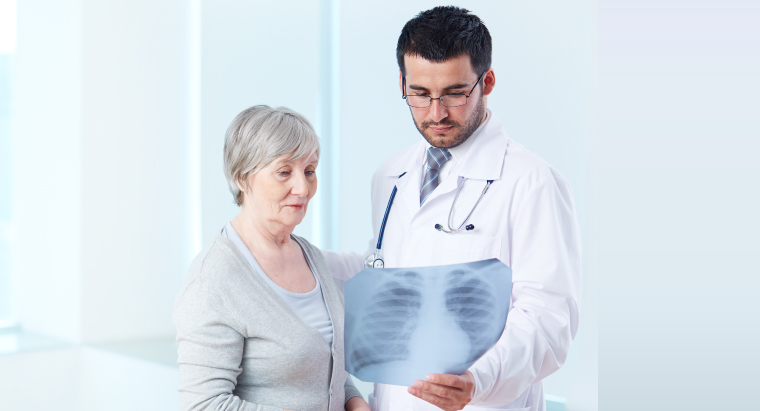Statistics show that every year, about 65 million people suffer from chronic obstructive pulmonary disease. In addition, 334 million people have Asthma, which is also the most common chronic disease affecting children.
In a world where respiratory or lung-related diseases are rampant, the need and use of pulmonary rehabilitation have become prevalent. Here are a few things you should know about pulmonary rehabilitation.
What Is Pulmonary Rehabilitation?
Pulmonary rehabilitation refers to the employment of tools like behavioral intervention, education, exercise, and therapy to improve the condition of a person’s lungs.
It aims at helping and supporting people who suffer from a lung condition to achieve a certain level of health relief while enhancing the quality of their lives.
Since most lung doctors design pulmonary rehabilitation to help people who struggle with chronic lung diseases, experts can use it to assist people with cancer undergoing lung resection, people with chronic obstructive pulmonary disease undergoing lung volume reduction, and people with severe lung disease undergoing lung transplantation.
Over time, pulmonary rehabilitation can help in handling loss or shortness of breath, reduce the number of hospitalization and enhance exercise tolerance. Nevertheless, employing pulmonary rehabilitation requires some expertise, hence the need for an elite team.
Components Of A Typical Pulmonary Rehabilitation Program
1. Exercise Training
Exercise training happens to be an essential part of pulmonary rehabilitation because it causes a decrease in the effects of deconditioning and inactivity, thus boosting the individual’s capacity to exercise and less shortness of breath.
Training that involves strength exercise and aerobic exercise are both critical in helping people with lung diseases. Since walking is necessary for most daily activities, it forms a vital bedrock of the program. Hence, most experts will use walking or even a stationary bicycle as a preferred part of leg training.
Exercise training for the arms is also not left out as it is beneficial for people who usually experience shortness of breath or muscle loss.
2. Inspiratory Muscle Training
Often used as a fundamental part of pulmonary rehabilitation, inspiratory muscle training usually involves using specific devices alongside breathing exercises to help boost the strength and capacity of every muscle involved in breathing.
Because it improves a person’s ability to exercise and decreases shortness of breath, experts usually use it along with conventional aerobic exercise techniques.
3. Neuromuscular Electrical Stimulation
Neuromuscular Electrical Stimulation involves the use of devices that supply electric impulses through the skin to specific muscles to ignite contraction, thereby causing an increase in their strength and capacity. It is also highly effective in handling cases of severe lung cancer and heart diseases.
4. Psychosocial Counselling
Sadly, most victims of lung diseases usually become depressed or suffer bouts of anxiety. Shortness or loss of breath can cause difficulty in stress management and relaxation but also impede sexual activity too.
With the right amount of group therapy, counseling, and drug application, it can be easier for victims to cope with such psychosocial circumstances.
5. Nutritional Evaluation And Counselling
Most people who struggle with lung disease also face challenges in feeding. Through nutrition evaluation and counseling, patients can be guided and taught to eat adequately to maintain muscle mass without affecting their breathing. In other cases, patients might need to lose weight to regulate an already tasked respiratory system.
6. Education And Drug Use
The place of education in pulmonary rehabilitation is to provide insights to patients about the state of their health and the roles that they have to play.
Treating lung diseases involves using many drugs, all of which follow strict schedules and direct instructions. The program can provide patients with information on the timing and doses of all medicines they use.
Experts also can include other vital details like the nature of the disease, roles of each drug, and possible side effects.
Conclusion
Pulmonary rehabilitation can prove to be very effective in helping patients deal with lung diseases, improve their ability to be more independent and self-reliant, and help them live longer lives.
As an organization, we specialize in providing the best services for people with diverse lung diseases. Feel free to contact us for further information and inquiries.



 Translate
Translate

